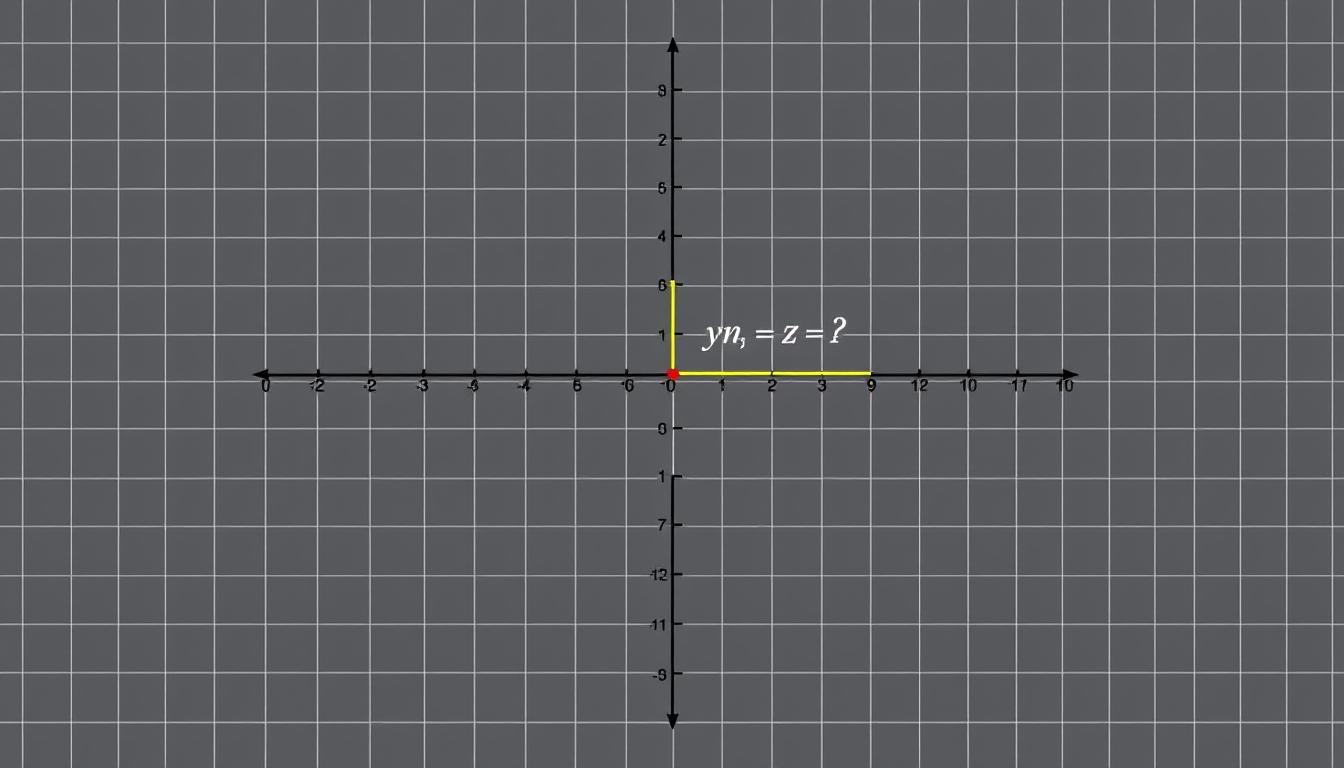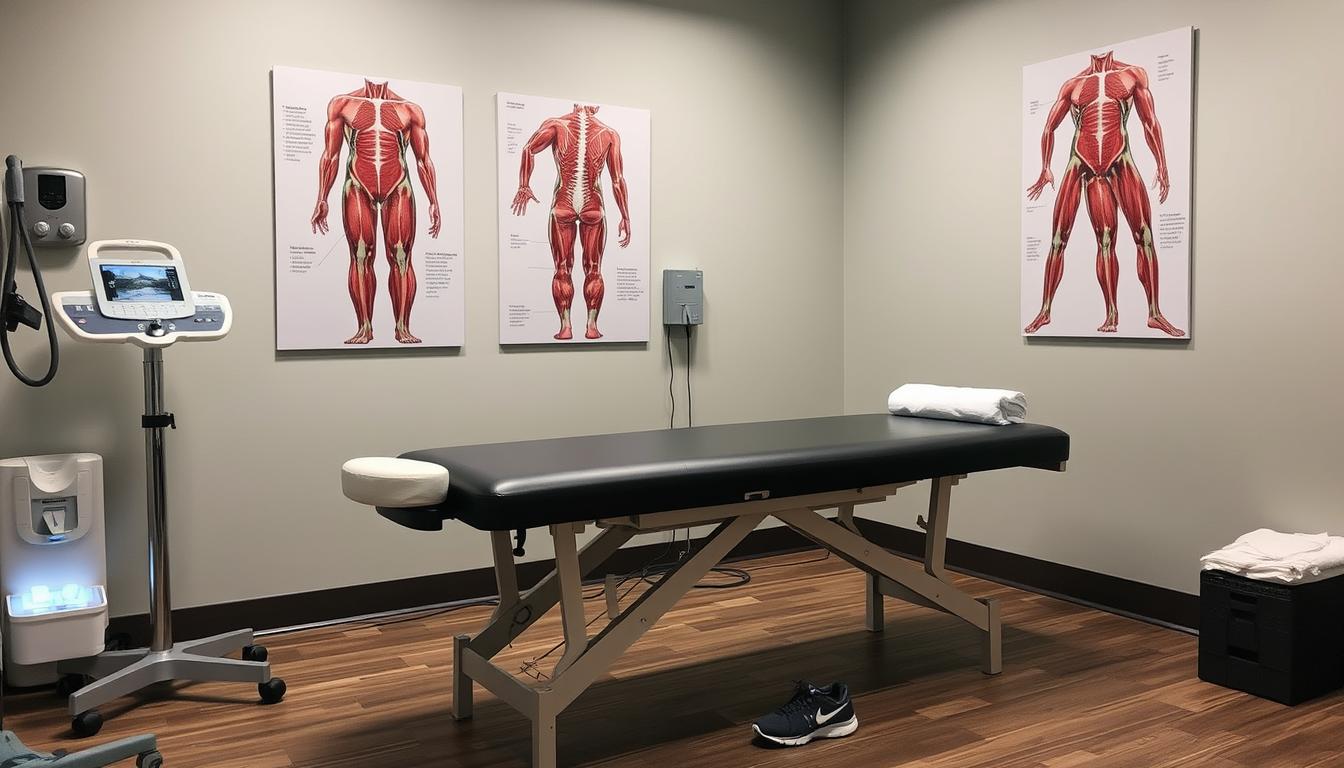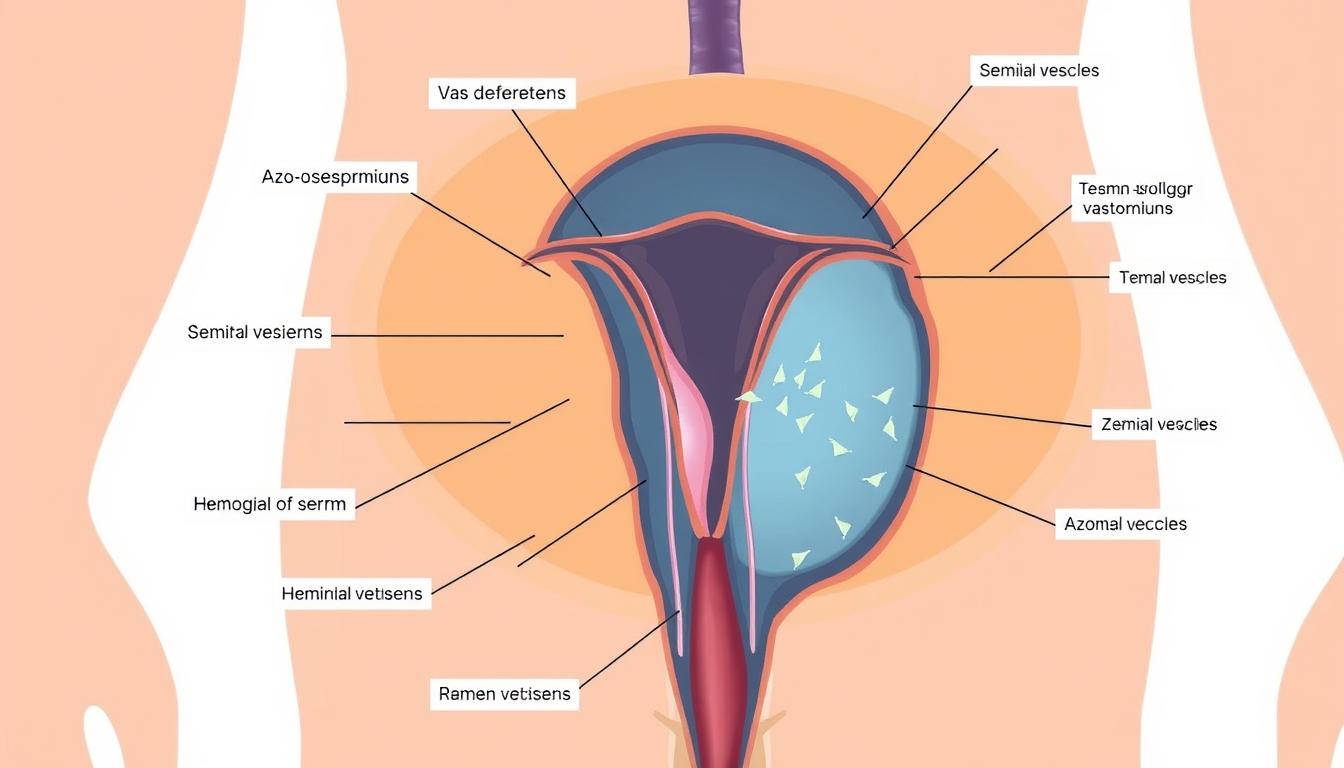How to Read Music
Music reading opens up a world of musical possibilities. It’s an exciting journey into music theory and notation. Understanding this language lets you explore compositions with confidence.
The musical staff is key to reading music. It has five lines and four spaces. These nine positions represent different pitches for musical notes.
Music uses symbols that have been around for centuries. Learning to read sheet music helps turn written notes into beautiful sounds. This skill bridges the gap between visual symbols and hearing.
Mastering music reading takes time and effort. But the rewards are huge. With practice, you’ll unlock a universal language of music.
Key Takeaways
- Music notation is a complex yet learnable symbolic language
- The musical staff is fundamental to reading music
- Understanding musical notation enhances musical comprehension
- Reading music is a skill that develops with consistent practice
- Music theory provides a universal framework for musical communication
Understanding Musical Notation Fundamentals
Music literacy unlocks a world of musical expression and understanding. It changes how musicians play and connect with music. Western notation offers a universal language for musicians to share their art.
The staff is key in music reading. It has 5 lines and 4 spaces, creating 9 spots for notes. Higher pitches go up, and lower pitches go down on the staff.
Exploring Musical Alphabet and Notes
Music has a unique alphabet that repeats: A, B, C, D, E, F, G. Each note has its own pitch and length. Sight reading is crucial for musicians to master these elements.
- Notes represent sounds with varying pitch and length4
- Open ovals indicate longer notes, while filled notes represent shorter durations4
- Musicians read music from left to right, similar to reading text4
Clefs: The Musical Roadmap
Clefs guide musicians through music notation. The treble clef marks the G line. The bass clef shows the F line. These symbols help musicians place notes correctly.
Understanding Note Values
Note values determine how long sounds last. A whole note equals 2 half notes or 4 quarter notes. It also equals 8 eighth notes or 16 sixteenth notes.
Dotted notes add complexity. They increase a note’s length by 50% of its original value.
Mastering musical notation is a journey of continuous learning and musical exploration.
How to Read Music: Basic Elements
Reading sheet music is key in music teaching and musicianship. The musical alphabet has seven notes: A, B, C, D, E, F, and G56. These notes form the base for musical notation and composition.
Rhythm is vital in music interpretation. In standard notation, note values show specific beat durations7:
- Whole note: 4 beats
- Half note: 2 beats
- Quarter note: 1 beat
- Eighth note: 0.5 beats
Time signatures shape musical structure. The common 4/4 time means four quarter-note beats per measure57. This rhythm helps musicians keep steady timing and flow.
| Note Type | Beat Value |
|---|---|
| Whole Note | 4 beats |
| Half Note | 2 beats |
| Quarter Note | 1 beat |
| Eighth Note | 0.5 beats |
Accidentals change pitch with sharps, flats, or naturals. These symbols alter a note’s sound, adding depth to music. Learning these elements builds strong musicianship skills.
Practice transforms musical knowledge into intuitive skill.
Conclusion
Learning to read music opens up a world of musical expression. It transforms how you understand and create music. Music education builds skills beyond simple note reading8.
Practice is key to musical growth. Start with easy sheet music and work up to harder pieces. Your new skills will help you decode musical notation9.
Reading music is just one part of musical expression. The real joy comes from connecting with the music you make. Be patient and enjoy exploring musical possibilities.
Your dedication to music will lead to artistic growth. Look for online tutorials, local workshops, or private teachers for extra help. Each step brings you closer to mastering this beautiful sound language.
FAQ
What is the musical staff and why is it important?
How do treble and bass clefs differ?
What are note values and why are they important?
What are accidentals in music?
How can I start learning to read music?
What is a key signature?
Why is reading music important for musicians?
What are measures in music?
How long does it take to learn to read music?
What resources can help me improve my music reading skills?
Source Links
- How To Read Sheet Music: A Step-by-Step Guide – https://www.musicnotes.com/blog/how-to-read-sheet-music/?srsltid=AfmBOor-IXEFE6QbP-pFzmWFxZZcX5z1HgbmZx63aJYXnFHm0QdbPGR7
- How to Read Music (with Pictures) – wikiHow – https://www.wikihow.com/Read-Music
- How to Read Sheet Music: A Comprehensive Guide For Beginners – https://moises.ai/blog/tips/how-to-read-sheet-music/
- Music Crash Courses – https://musiccrashcourses.com/lessons/notation_intro.html
- How to Read Music: A Step by Step Guide to Reading Music – https://blog.landr.com/how-to-read-music/
- How to Read Music: Step-by-step – Jade Bultitude – https://jadebultitude.com/how-to-read-music-step-by-step/
- Learn how to read piano sheet music – https://www.skoove.com/blog/read-piano-sheet-faster/
- Beyond Supervised Learning, Towards Real-world Applications – https://music-classification.github.io/tutorial/part8_conclusion/_intro.html
- #162: Unwavering Conclusions – https://www.musicjournalisminsider.com/archive/162-unwavering-conclusions/
latest video
news via inbox
Nulla turp dis cursus. Integer liberos euismod pretium faucibua








